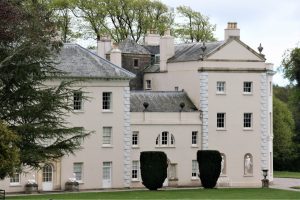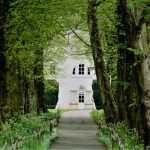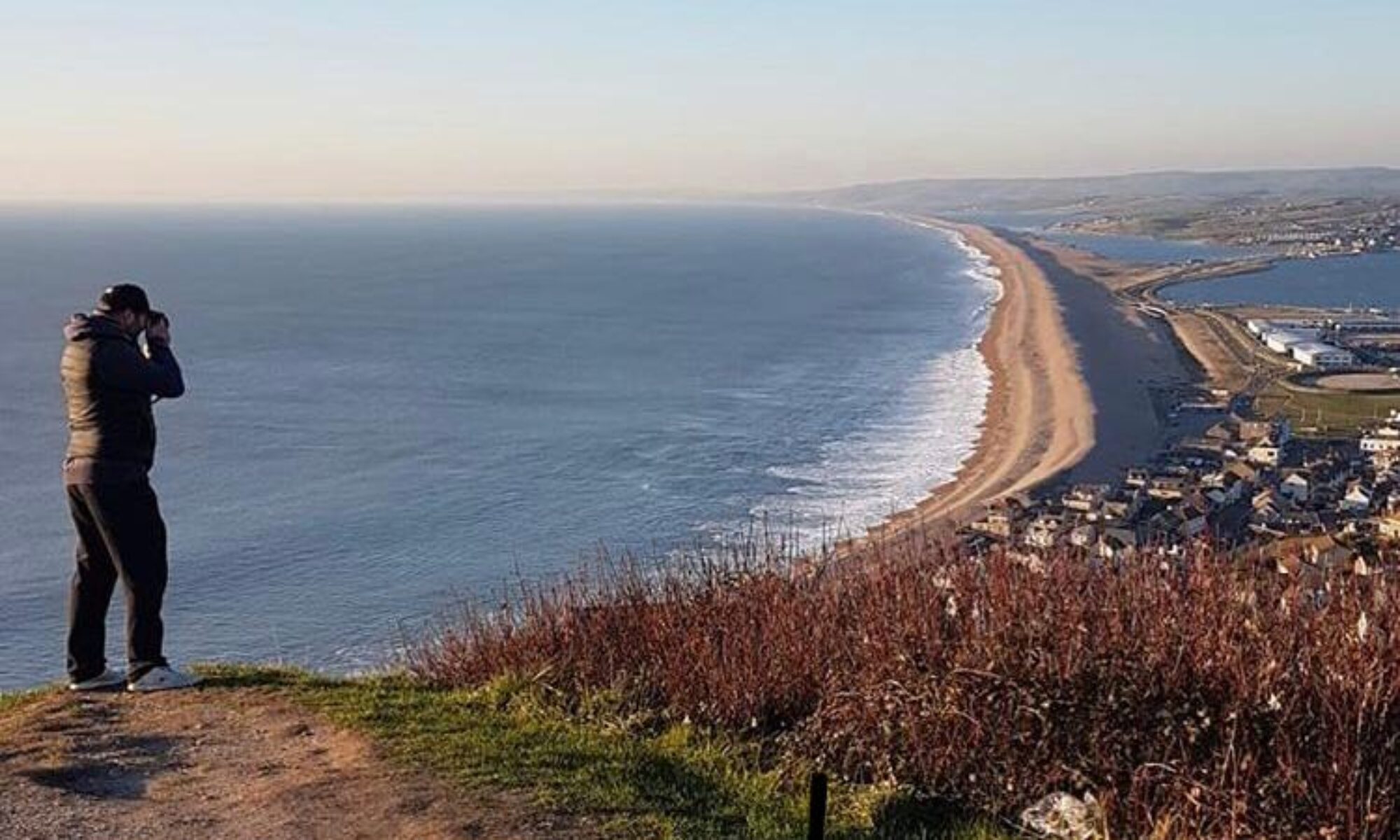 My latest NT blog is of plain looking Saltram in springtime. Idyllically located on the banks of the estuary it is easily seen why the Parker family purchased the estate. The house, however, looks so plain and ordinary at first sight with no grand and elaborate designs, and strangely enough from the inside doesn’t give a view of the estuary.
My latest NT blog is of plain looking Saltram in springtime. Idyllically located on the banks of the estuary it is easily seen why the Parker family purchased the estate. The house, however, looks so plain and ordinary at first sight with no grand and elaborate designs, and strangely enough from the inside doesn’t give a view of the estuary.
Inside the house I was greeted and welcomed by a proud volunteer; he was keen to explain the greeting by the god of mercury, wealth, travel and roads who looks down on the visitor from the ceiling. From here access to the rest house is through one of 4 doors, each doorway guarded by one of the 4 elements, fire, water, earth and air.
An unaccompanied walk around the house normally allows me to do my own thing, but today it draws my attention to room wardens (or theirs to me),  who seem so keen to engage in conversation about the house. One in particular talked about how the interior design is down to Robert Adams. His eye for detail is evident in everything in the house but it’s the ceilings that are the most impressive feature. Maybe a fact that confirms that not all beauty is on the outside but on the inside.
who seem so keen to engage in conversation about the house. One in particular talked about how the interior design is down to Robert Adams. His eye for detail is evident in everything in the house but it’s the ceilings that are the most impressive feature. Maybe a fact that confirms that not all beauty is on the outside but on the inside.
As I was informed on my visit it perhaps wasn’t the house that they were after when they brought it but the grounds of the estate. It’s hard to argue with that as I meander my way around them in glorious spring sunshine, tear drops and  blue bells awash the ground like an artist’s pallet. Add to this the grass and weeds that can’t be touched so as not to ruin the spring flowers. Having read the signs and notices I didn’t jump in to get my picture, unlike the kid on a school visit. The walk along the tree path is a tunnel of green as the trees take full bloom now spring is in full swing.
blue bells awash the ground like an artist’s pallet. Add to this the grass and weeds that can’t be touched so as not to ruin the spring flowers. Having read the signs and notices I didn’t jump in to get my picture, unlike the kid on a school visit. The walk along the tree path is a tunnel of green as the trees take full bloom now spring is in full swing.
Maybe with more time on my hands I may have found the river from the grounds, or taken one or bigger estate walks; instead I had to drag myself away to ensure I beat the bank holiday traffic. Sadly, I failed but consoled myself in the memories of another National Trust adventure, and a new place discovered.
Plymouth PL7 1UH, UK
